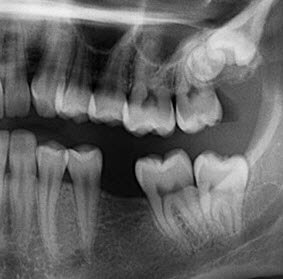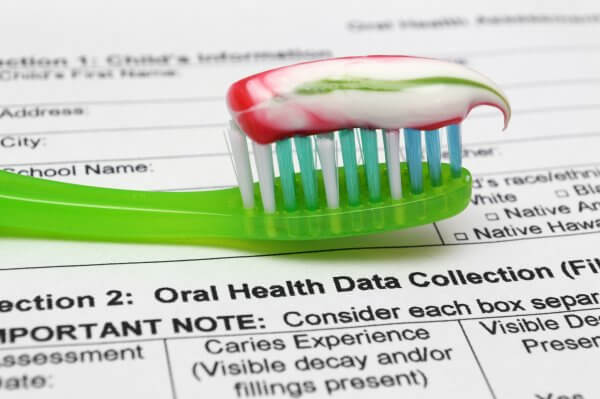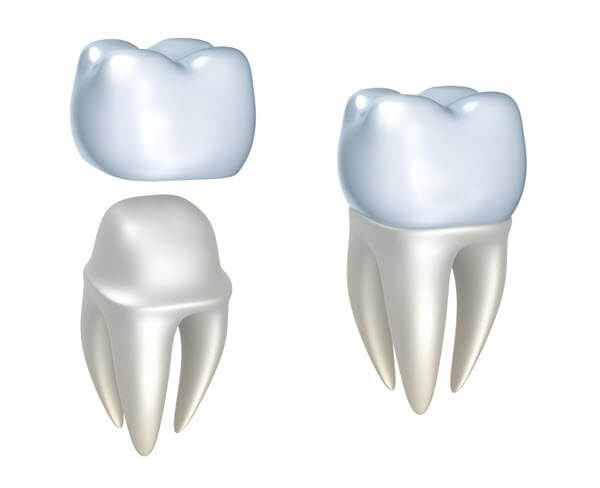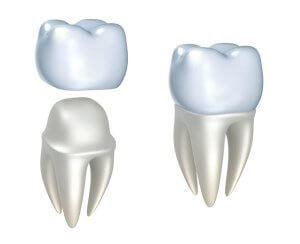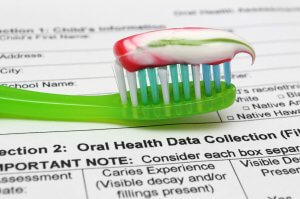At our practice, we provide dental emergency services.
We will always make every effort to make time to help patients in need of emergency dental care.
Unfortunately, life doesn’t always go to plan. However careful you are with your teeth, accidents can happen to anyone.
If you have a dental emergency like a broken tooth or a severe toothache, we are here to help.
There are also some important steps you should take if you are faced with a dental emergency. It is important to ensure your teeth are checked by your dentist even if your pain subsides and your bleeding stops.
Additional appointments may be required depending on the long-term treatment you agree with your dentist.

What is a dental emergency?
Here are some of the most common types of dental emergencies that we see in our practice:
- Toothache due to decay, especially when the tooth nerve or even the bone is affected
- Broken tooth or split tooth
- Whole tooth knocked out
- Loose crown or tooth cap
How to handle a dental emergency
Toothache
We understand that toothache can be very painful and distressing. To reduce pain until you can see your dentist, you can try:
- gently rinsing your mouth with lukewarm, salty water
- flossing between the teeth that are hurting to make sure nothing is stuck and causing pain
- using pain relief medication such as paracetamol (Panadol) or ibuprofen (Nurofen)
If you experience severe pain, see your dentist urgently.
Broken or split tooth
In cases of a broken or split tooth, follow these steps:
- Always try to find the missing part of the tooth. Keep any broken pieces of tooth as our dentist may need them to mend the tooth.
- Call your dentist immediately.
Whole tooth knocked out
If the knocked out tooth is dirty, gently rinse it with milk without touching the root and follow the steps below. Do not scrub.
- Stay calm and act quickly.
- Locate the tooth and hold it by the crown (smooth white part).
- If the root has dirt on it, gently rinse the tooth in milk or saline solution such as contact lens solution for a few seconds only – do not use water or scrub.
- If the person is conscious, hold the cleaned tooth by the crown and replace it into its socket using light pressure.
- Hold the tooth in place by getting the person to gently bite on a handkerchief.
- Seek immediate advice or treatment from an oral health professional
Loose crown or tooth cap
If your crown or tooth cap becomes loose or falls out, you should:
- wrap the loose crown in a tissue or similar protective covering to keep it safe
- make an emergency dentist appointment, even if you are not in pain.
If you experience any kind of dental emergency, it is important not to panic. Act calmly and quickly, call us for help and come in for a check-up even if you are not in pain.
Please contact us if you experience a dental emergency.

